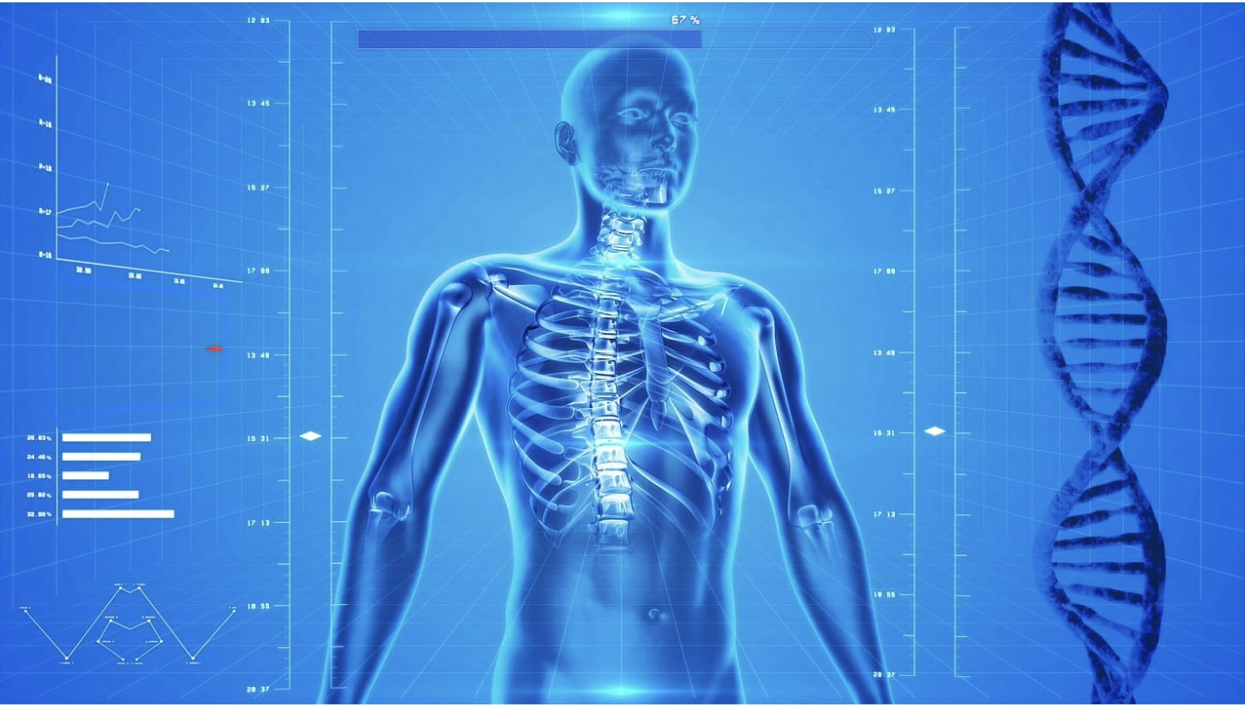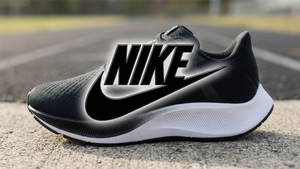--News Direct--
By Gerelyn Terzo, Benzinga

When most people think about robotics, they might envision movies like the popular science fiction film RoboCop. While the entertainment industry put robotics on the big screen, companies like Austin, Texas-based Monogram Orthopedics (NASDAQ: MGRM) are making robotics a reality in everyday life.
Monogram is an AI-powered robotics company dedicated to improving human health, including an early specialization in orthopedic surgery. This summer, it has been inching closer to its vision for the commercialization of its surgical robot.
According to Virtue Market Research, the orthopedic surgery robotic market was worth $6.8 billion as of 2022 and is predicted to be valued at $16 billion by 2030, reflecting a CAGR of 13%. Monogram could be strategically positioned to capitalize on this growth with its mBôs surgical robot, which it is readying for commercialization, mVision technology and underlying IP.
Benzinga recently had the opportunity to sit down with two Monogram surgeons – Dr. Bobby Jamieson and Dr. Fabio Orozco – to discuss the company’s next-generation orthopedic implants harnessing a combination of 3D printing, robotics and pre-operative imaging.
Monogram’s 3D Printing Tech
Dr. Fabio Orozco, an orthopedic surgeon, runs a medical practice that specializes in hip and knee replacements, with all of his surgeries involving robotics. After completing his training at Thomas Jefferson University in Philadelphia, Pennsylvania, he started a practice in the Northeast that is exclusive to robotics. He told Benzinga he performs 1,000 hip and knee replacements each year.
With a very high success rate, hip and knee replacements are a testament to the strong track record of orthopedic surgeons. However, Orozco looks forward to using Monogram’s surgical robots on a daily basis, for, he says, greater precision, better patient care and improved outcomes.
“You start thinking about 0.5 millimeters and 0.5 degrees and being able to reproduce your plan exactly to reality in a patient. And then you start seeing rapid recoveries - patients don’t need six months to recover from surgery or don’t need physical therapy. That’s when you see the excitement. We are better when we use technology, and when we use Monogram technology, we continue to be better and better,” said Orozco.
Dr. Orozco performs 100% of his surgeries using robotics technology, including approximately 1,000 knee and hip replacements each year. He has been using Monogram’s Mako robot for the past decade, noting that it’s his go-to solution for every hip and knee replacement surgery. Dr. Orozco believes that when Monogram’s next-gen mBôs technologies become a reality, they will take orthopedic surgeries to a different level.
“When you bring Monogram to your table, it’s going to make a significant difference in the way that we practice orthopedics,” he said.
Chief among the new features that surgeons are anticipating from Monogram is the 3D printing of implants, which replicates the structure of human organs and tissues and can be customized to a patient’s body. Additionally, Monogram says its technology introduces increased precision and ease of use that will simplify robotic surgery significantly.
For his part, Dr. Bobby Jamieson has been involved in robotics for years, having studied under the tutelage of orthopedic robotics pioneer and IBM (NYSE: IBM) alum Bill Barger and recently relocated his practice from Northern California to Southern Utah. Jamieson specializes in hip and knee surgeries, completing some 650 of them each year. Upon FDA approval of Monogram’s surgical robot, Jamieson looks forward to introducing the company’s technology to his patients.
“I’ve been able to watch Monogram go from zero to where it is today and this is definitely something I’m interested in bringing into the practice once we get the approval on it,” Jamieson said.
He also agreed that Monogram is taking orthopedic surgery to the next level. He said that what he appreciates most about the company’s technology is that it takes the best of all robotic platforms available, including features such as navigation, and builds them into a single robot, setting the tech suite apart and drumming up excitement in the industry.
Monogram’s Competitive Edge
With a market cap of over $90 million, Monogram’s advantage begins with its seasoned team and their strong robotics knowledge. The company’s singular focus on surgical robotic systems can give it a competitive edge against larger corporations that have a broader focus.
“Monogram Orthopedics has the advantage is – they eat, drink and sleep robotics, which is awesome,” Jamieson said. “Then you add in 3D printing, and it just allows them to be a little bit further advanced than other surgical robots that are on the market right now.”
He compares the precision of Monogram’s surgical robot to that of a driver in a golf game, saying that the tech helps surgeons hit the right spot every time with the ultimate patient-specific knee or hip replacement. That is what Monogram’s robot will deliver, and on top of that, there’s excitement around implants and being able to create the ultimate patient-specific knee or hip replacement for patients, where Monogram is also leading the charge.
As Monogram transitions from gen-one to gen-two with its technology. Jamieson likens it to the iPhone, saying that most people wouldn’t even know how to access the first-generation iPhone model today because it’s just so obsolete. “I think that a lot of the robotics are those gen ones. The advantage that Monogram has coming to market is that it’s already at this iPhone five or 10 [level]… they’re able to come in as the newest technology that’s on the market and put it into one robotics system.”
In the most recent update, Monogram Orthopedics submitted its 510(k) for its mBôs TKA System to the U.S. Food and Drug Administration (FDA) and has since received administrative approval to proceed with the next step, which involves a formal review. FDA approval is key for orthopedic surgeons to take Monogram’s surgical robots further, including the advancement of the technology on the clinical side. After that, they can begin using it in practice.
“It’s an exciting time. It’s also obviously one of the most difficult steps, making sure all the “t’s” are crossed and all the “i’s” are dotted and, for that matter, making sure it’s safe for patients. And so it’s really important and also just exciting,” said Jamieson.
Investors who are interested in the future of surgical robotics can learn more about the investment opportunities that Monogram Orthopedics has to offer here.
Featured photo by PublicDomainPictures on Pixabay .
Benzinga is a leading financial media and data provider, known for delivering accurate, timely, and actionable financial information to empower investors and traders.
This post contains sponsored content. This content is for informational purposes only and is not intended to be investing advice.
Contact Details
Benzinga
+1 877-440-9464
Company Website
View source version on newsdirect.com: https://newsdirect.com/news/monogram-orthopedics-nasdaq-mgrm-readies-commercialization-of-next-gen-surgical-robot-408624263




